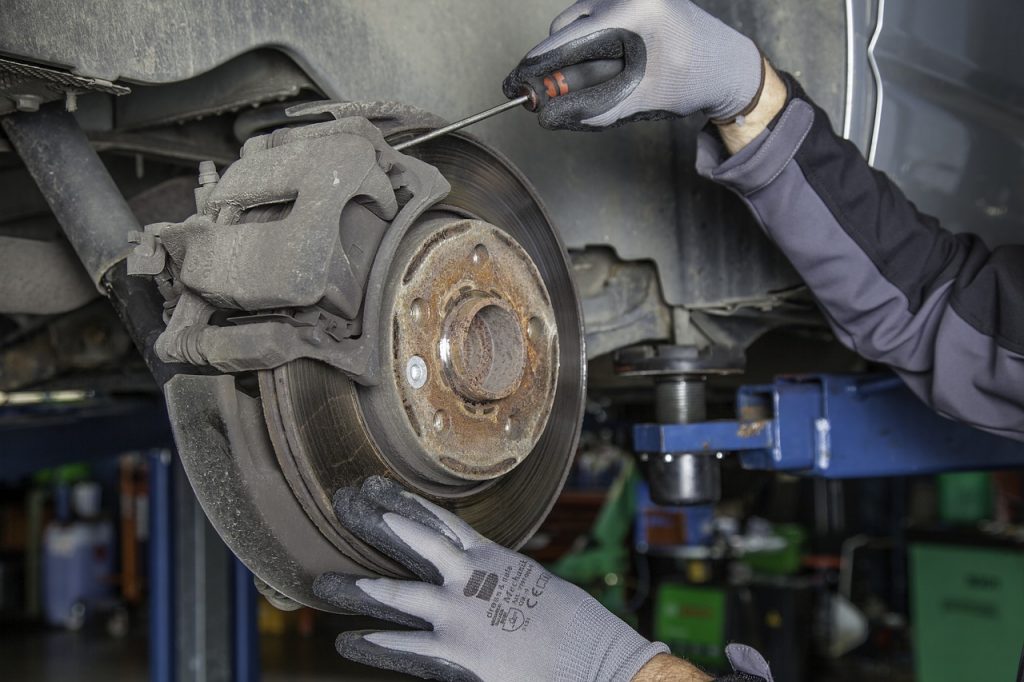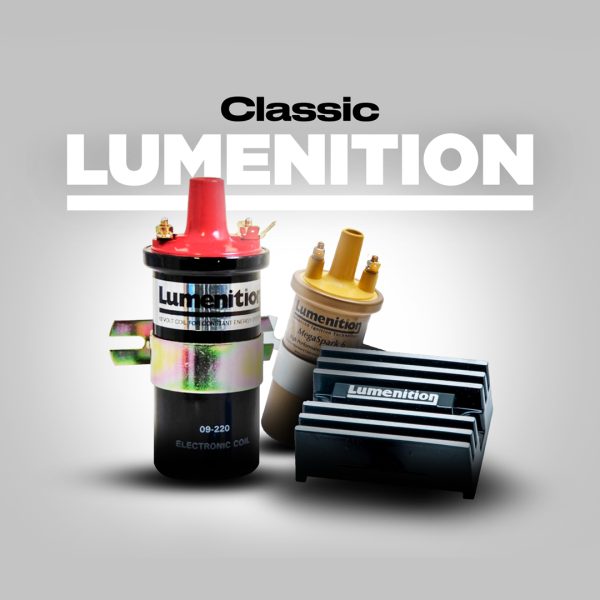If you’ve ever had to perform an emergency stop, you’ll know just how critical it is to have an optimally functioning braking system on your classic vehicle.
And much the same way that other systems in your classic car need servicing and maintaining, your brakes are no different. One effective way to preserve the integrity of your classic car’s braking system is through a process referred to as ‘brake bleeding’, which is why we’ve made our Silverline Brake Bleeding Kit our Product Of The Week.
So what does it mean to bleed a brake? And why is it so essential?
Well, the entire braking system within your classic motor is dependent on the hydraulic power of brake fluid to function. However, over time, moisture and air are introduced into the system, which take their toll on the effectiveness of the brakes themselves. Have you ever felt a spongey sensation when pushing down on the brake pedal? Or perhaps noticed that the pedal is reaching closer to the carpet than it usually does while waiting at the traffic lights? This is an indication that air has entered the system through the brake lines, usually because brake fluid level dropped too low in the master cylinder reservoir.
The bleeding process essentially removes the air from the master cylinder, brake lines, callipers and wheel cylinders. When you do this, the brake fluid itself will also need to be replaced because it will likely be contaminated with atmospheric dirt and may have absorbed moisture from the air resulting in a lower boiling point of the fluid – so giving it a fresh batch of fluid will inevitably result in an improvement in its braking quality.
Typically a brake should only be bled every couple of years, but brakes that are exhibiting unusual behaviours is indicative that bleeding may be required.
The principle of the Silverline Brake Bleeding Kit is to ”suck” the fluid through the system using a vacuum pump. It’s easy to use, even for beginners, as the kit contains a handy pressure pump and all other necessary accessories to enable you to perform one-person bleeding without the need to depress the brake pedal.
If you’d like to learn more about brake bleeding kits or place an order for your classic car, head over to our dedicated page today.






